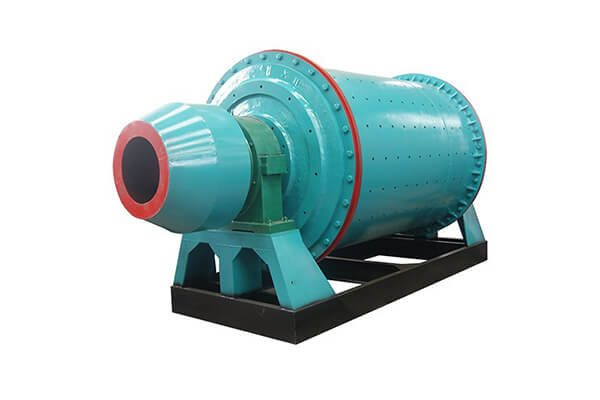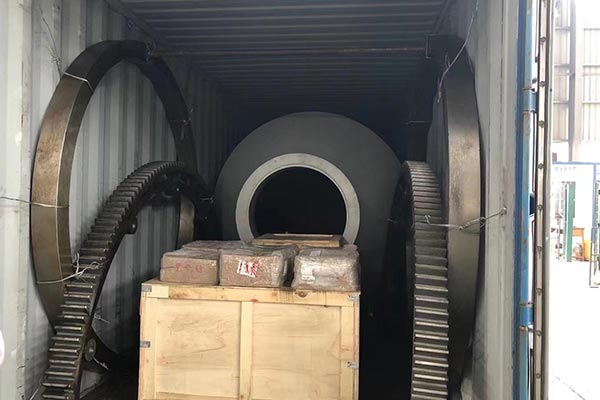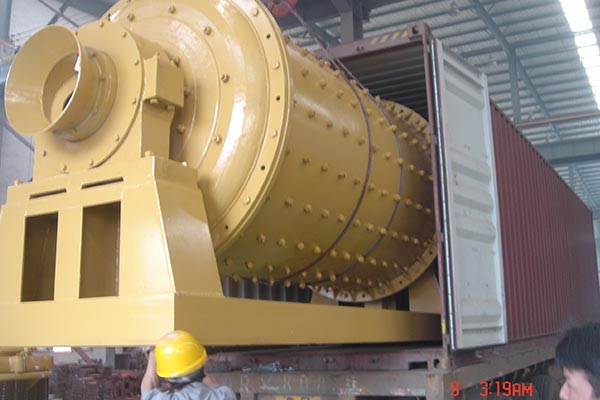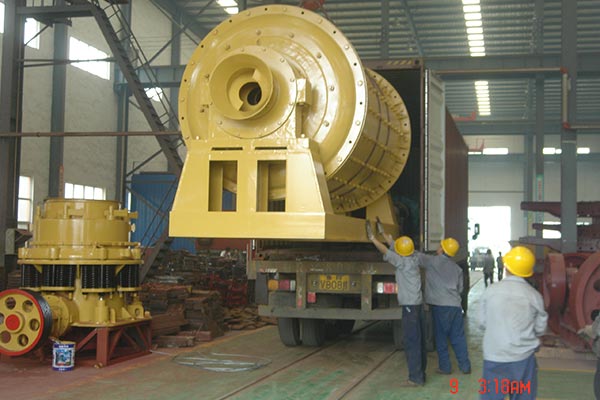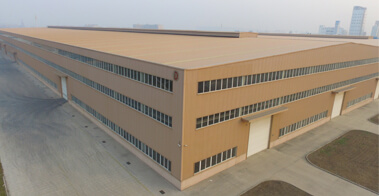OVERVIEW
The ball mill is an essential piece of equipment used for grinding various materials, such as cement, silicates, refractory material, fertilizer, glass and ceramics. It is also commonly used in ore beneficiation processes for both ferrous and non-ferrous metals. The ball mill can effectively grind ores and other materials, whether wet or dry, and is capable of handling hard materials like feldspar, quartz, iron ore, and gold ore.
Known for its versatility and wide range of applications, the ball mill is a popular choice for use in ore beneficiation and ceramics production. It has the ability to grind over 200 different materials, offering a flexible design, high throughput capacity, fine granularity, simple structure, easy maintenance, reliable performance, and long service life.
The ball mill can be classified based on different aspects:
-
Working method:Dry grinding ball mill, Wet grinding ball mill
-
Discharging methods:Grate discharge ball mill, Overflow discharge ball mill
-
Wet grinding is commonly used to grind raw materials, especially metallic and non-metallic ores that are not affected by water or where the reaction with water does not affect the quality of the finished product. Examples of materials suitable for wet grinding include copper ore, iron ore, gold ore, molybdenum ore, phosphate ore, feldspar ore, and fluorite ore.
-
On the other hand, materials like cement, marble, and other building aggregates that react to water and produce other materials typically only require dry grinding. If the finished product needs to be stored and sold as powder, dry grinding is also a better choice.
ADVANTAGES
-
Efficient ore grinding: Ball mills are designed to grind various materials into smaller particles. They can grind various types of ores and other grindable materials, both in wet and dry operations. This enables efficient ore grinding for different materials and reduces the energy consumption per ton of processed material.
-
Versatility: Ball mills can be used for both batch processing and continuous operation, making them suitable for a wide range of grinding applications. They find applications in industries such as mining, cement, ceramics, and more. The versatility of ball mills allows them to handle various feed sizes and produce uniform product particle sizes.
-
Controllable particle distribution: By using grinding media such as steel or ceramic balls, ball mills can achieve a controllable particle distribution. In many industries, specific particle sizes are required to obtain the final product.
-
Scalable operations: Ball mills can be designed and manufactured in different sizes, from laboratory-scale to large industrial-scale equipment. This scalability allows for easy adjustment and optimization of the grinding process based on the required production capacity and product specifications.
-
Low maintenance: Ball mills are typically low-maintenance equipment. They have few moving parts, reducing the risk of mechanical failures. Additionally, the use of modern materials and technologies, such as improved bearing systems, reduces the need for routine maintenance and extends the equipment's lifespan.
-
Cost-effective: Ball mills provide an economically efficient solution for grinding and milling. They offer high grinding efficiency, reducing the need for multiple stages of grinding and requiring less energy compared to other ore grinding machines. This results in lower operating costs and overall cost savings.
These technical advantages make ball mills important and widely used in various industries for grinding and material processing.
WORKING PRINCIPLE
The material is fed into the first chamber of the ball mill through the hollow shaft using a feeding device. Inside the chamber, there are steel balls of various sizes, and the chamber is lined with either stepped or corrugated liners.
As the grinding cylinder rotates, centrifugal force is generated, causing the steel balls to be lifted to a certain height and then fall, hitting and grinding the material.
The material undergoes coarse grinding in the first chamber and then enters the second chamber through a single-layer compartment board. The second chamber is equipped with a flat lining plate and steel balls, which further grind the material.
Finally, the finely ground powder is discharged from the ball mill through the discharge raft, completing the grinding process.
In summary, the ball mill uses rotating cylinders and steel balls to grind materials, with the grinding process occurring in multiple chambers. The size and type of steel balls, as well as the liners, can be adjusted to achieve the desired grinding results.


